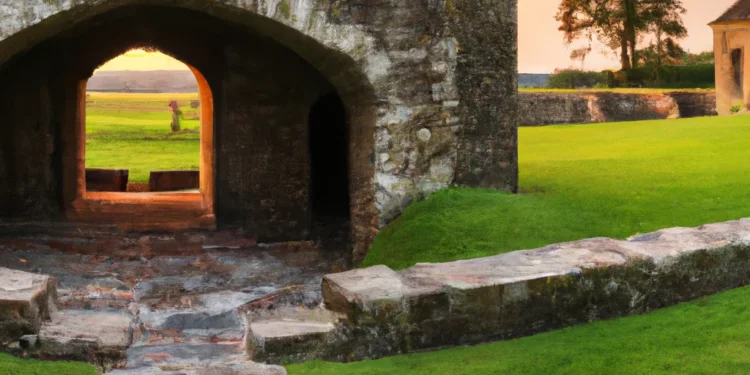As we embark on a journey through the historic forts of the United States, we invite you to uncover the rich military heritage that these structures represent. Each fort tells a unique story of our nation’s past, showcasing architectural brilliance and strategic importance. Whether you are a history enthusiast or simply curious about the monumental structures that shaped our country, this comprehensive guide will provide you with all the essential information.
Understanding the Importance of Historic Forts
Historic forts are more than just stone and mortar; they are testaments to our nation’s military history. Constructed primarily for defense, these forts have played pivotal roles in various conflicts, from the Revolutionary War to World War II. Their designs reflect the military strategies of their time, and many have been preserved or restored to educate future generations.
A Brief History of American Forts
The construction of forts in America dates back to the colonial period. The early settlers built simple structures for protection against Native American tribes and European rivals. As the nation expanded westward, the need for fortified positions grew, leading to the establishment of numerous forts across the country.
Colonial Forts
During the colonial era, forts were essential for the survival of settlers. Forts like Fort Necessity and Fort Ticonderoga played key roles in early American conflicts and are now popular historical sites.
19th Century Forts
The 19th century saw the construction of larger, more fortified structures, such as Fort Sumter and Fort Monroe, which were vital during the Civil War. These forts were designed to withstand cannon fire and other artillery, showcasing advancements in military engineering.
Key Historic Forts to Visit
In our exploration of historic forts, we will highlight several significant sites across the United States that offer rich insights into military history.
Fort Sumter National Monument, South Carolina
Located in Charleston Harbor, Fort Sumter is renowned for being the site where the first shots of the Civil War were fired. Visitors can take a ferry to the fort and participate in guided tours that provide detailed historical context.
Fort Monroe, Virginia
As one of the largest stone forts in the United States, Fort Monroe has a fascinating history that includes serving as a refuge for escaped slaves during the Civil War. Today, it is a national monument, offering educational programs and events throughout the year.
Fort McHenry, Maryland
Famous for its role in the War of 1812, Fort McHenry is celebrated for inspiring Francis Scott Key to write “The Star-Spangled Banner.” The fort is now a national park, providing visitors with a chance to learn about its historical significance and enjoy scenic views of the harbor.
Fort Ticonderoga, New York
This fort is an iconic site from the French and Indian War and the American Revolution. Fort Ticonderoga features reenactments and interactive exhibits that bring its storied past to life.
Visiting Tips for Historic Forts
When planning a visit to historic forts, consider the following tips to enhance your experience:
- Research Before You Go: Understanding the history and significance of each fort can greatly enrich your visit.
- Check for Special Events: Many forts host reenactments, lectures, and other events that provide deeper insights into their history.
- Dress Appropriately: Forts often include outdoor areas and may require walking or hiking, so wear suitable footwear.
- Engage with Park Rangers: They can provide valuable information and answer questions about the fort’s history.
How to Book on Viator
If you are interested in guided tours or special events at these historic sites, you can easily book through Viator. Visit the following link to view available options: Viator Booking.
Conclusion
Touring historic forts across the USA offers a profound connection to our nation’s military past. Each fort serves as a reminder of the struggles and triumphs that have shaped our society. We encourage you to visit these remarkable sites and appreciate the history they represent. For more information about travel and tours, visit Zeosh.
Disclaimer: This information is accurate to the best of our knowledge; however, there may be changes or mistakes. Please verify exact details on the Viator booking page.
















